What is an Electric Vehicle Heat Pump and How Does it Work?
Posted on September 24, 2025
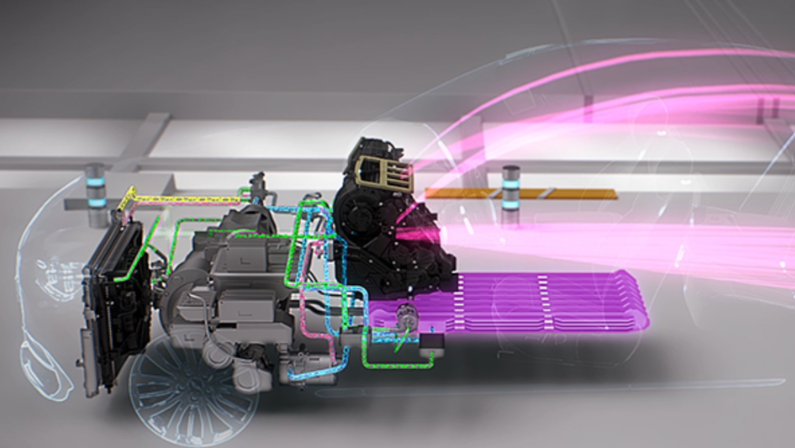
As electric vehicles (EVs) become more popular across Canada, especially in cities like Toronto, Vancouver, and Montreal, manufacturers are finding smart ways to make them more efficient and practical for our climate.
While battery technology is improving every year, innovations like heat pumps are helping drivers get more kilometers out of each charge, even in freezing conditions. If you’ve been browsing EV options, you may have noticed “heat pump” listed as a feature on certain models.
But what exactly does it do, and why is it important for Canadian drivers? In this blog post, we’ll break down what an EV heat pump is, how it works in an electric vehicle, which EVs offer it, and how it can save you energy, money, and stress, especially when the weather turns frosty.
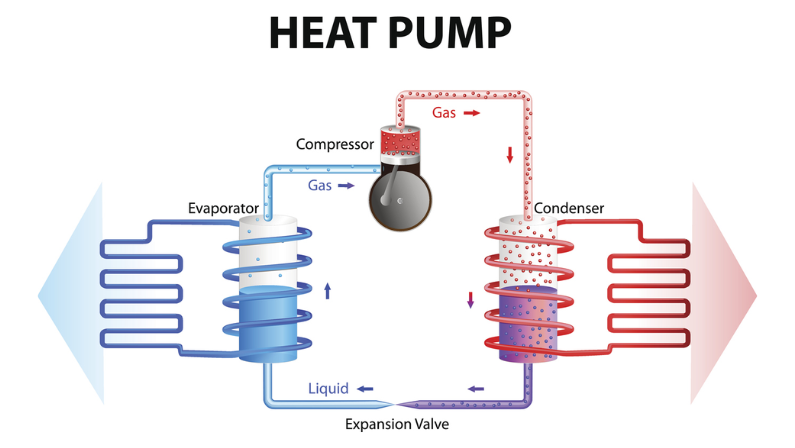
How Do Electric Heat Pumps Work? Understanding Electric Vehicle Heat Pump and Its Function
In simple terms, a heat pump is a system that moves heat from one place to another instead of creating heat from scratch. This makes it far more energy-efficient than traditional heating methods, a big advantage for electric vehicles, where conserving battery power is key to extending range.
A heat pump works in a loop using four main stages: evaporation, compression, condensation, and expansion.
1. Evaporation
In this stage, a liquid refrigerant absorbs heat from the outside air, even in cold weather, and turns into a gas. This might seem surprising, but heat energy is present in the air even when it’s freezing outside.
2. Compression
The gaseous refrigerant is then compressed, which increases its temperature significantly. This step is powered by electricity from the vehicle’s battery but uses far less energy than generating heat directly.
3. Condensation
The hot, pressurized gas moves through a condenser, where it releases its heat to warm the cabin air. As it loses heat, the refrigerant turns back into a liquid.
4. Expansion
Finally, the liquid refrigerant passes through an expansion valve, lowering its pressure and temperature so it can absorb heat again, repeating the cycle.
By continually transferring heat instead of producing it, EVs with heat pumps keep the cabin warm while using much less energy, helping drivers maintain range and comfort, even in Canada’s chilliest conditions.
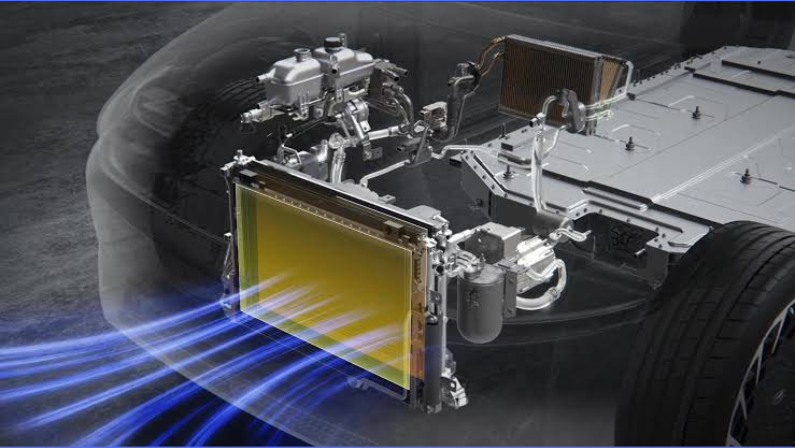
Traditional EV Heating vs. Heat Pump Systems
In early electric vehicles, cabin heating was often handled by resistive heating systems, similar to how a household space heater works.
While these systems are simple and dependable, they use a lot of energy because they create heat directly from the battery’s electricity. In cold Canadian winters, this method can cut an EV’s driving range by as much as 40%.
Heat pump systems, on the other hand, don’t generate heat outright; they move it. Using a refrigerant cycle, they pull thermal energy from the outside air (or even from the vehicle’s components), compress it to raise its temperature, and circulate it into the cabin.
Even when it’s well below freezing, there’s still usable heat in the air that a heat pump can capture. This process is far more efficient, often delivering 2–4 kW of heat for every 1 kW of electricity used, which means less battery drain and more kilometers on a single charge.
| Feature | Traditional Resistive Heating |
Heat Pump System
|
| How It Works | Generates heat using electrical resistance | Transfers heat from outside air or components |
| Energy Use |
High – draws large amounts directly from battery
|
Low – uses less power to move heat |
| Efficiency | ~100% (1 kW electricity = 1 kW heat) | 200–400% (1 kW electricity = 2–4 kW heat) |
| Impact on Range in Winter | Up to 40% reduction | Significantly less reductio |
| Best For | Mild climates, low-cost vehicles | Cold climates, efficiency-focused EVs |
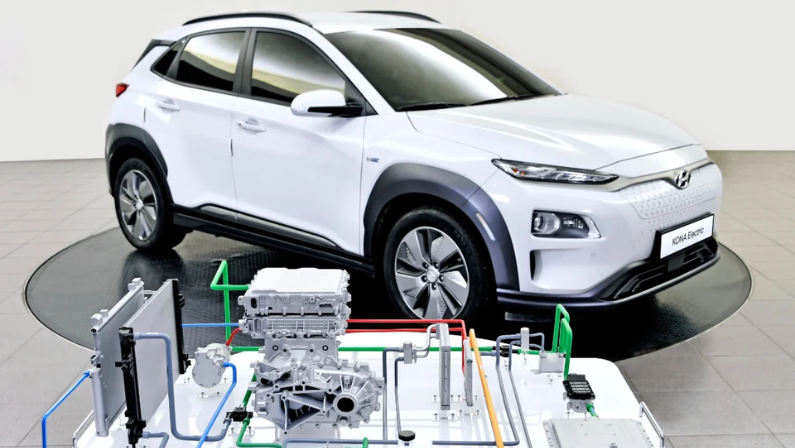
Why Are Heat Pumps Important in EVs?
For electric vehicles, energy efficiency is everything, especially in Canada, where cold weather can seriously impact driving range. On average, freezing temperatures can cut an EV’s range by about 25% compared to mild conditions.
If you’re making short trips with frequent stops in the cold, that loss can climb to nearly 50%, as the cabin has to be reheated multiple times. A heat pump helps fight this problem by using far less battery power than traditional heating systems.
Instead of creating heat from scratch, it transfers existing heat from the air or the vehicle’s components, which means the cabin stays warm without draining the battery as quickly.
This translates to less range loss, better winter performance, and a more comfortable driving experience, all without sacrificing the kilometers you need to get where you’re going.
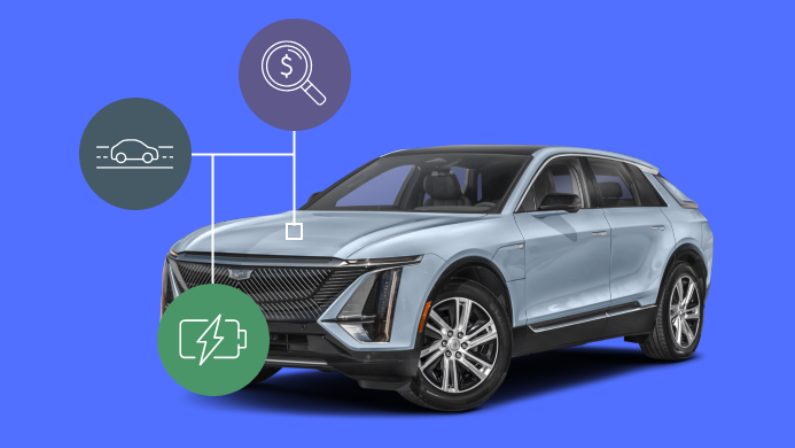
Benefits of Heat Pumps in Electric Vehicles
Heat pumps aren’t just a clever engineering solution; they bring a range of practical benefits that make electric vehicles more efficient, comfortable, and environmentally friendly. From keeping your cabin warm to preserving battery life, here’s why heat pumps are becoming an essential feature in modern EVs.
1. Cabin Preconditioning
Heat pumps allow drivers to preheat (or precool) the cabin while the vehicle is still plugged in. This means you can start your drive in comfort without drawing energy from the battery, ensuring maximum efficiency right from the first kilometer.
2. Preserved Driving Range
Because heat pumps use less energy than traditional resistive heaters, they help maintain your EV’s driving range, even in cold weather. This is especially important in Canadian winters, where maintaining kilometers per charge can be a challenge.
3. Reduced Energy Consumption
By transferring existing heat rather than generating it, heat pumps significantly reduce the amount of electricity needed to heat the cabin, leaving more battery power for driving.
4. Faster Charging Speed
Less battery drain from cabin heating means more efficient charging cycles. In some cases, this can help your EV reach full charge slightly faster, since less energy is used for heating while plugged in.
5. Environmental Benefits
Using energy more efficiently means fewer resources are consumed per kilometer driven. Heat pumps help lower overall electricity demand, reducing the environmental impact of your EV and supporting cleaner, greener transportation.
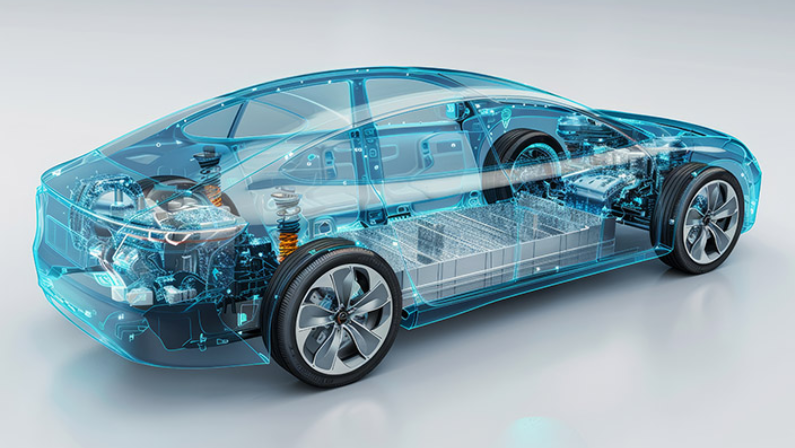
The Future of Heat Pump Technology in EVs
As electric vehicles continue to advance, heat pump technology is evolving to become smarter, more efficient, and more integral to overall EV performance. These innovations promise to make driving in cold climates easier while further extending battery life and range.
1. Integration with Battery Preconditioning
Modern heat pump systems are beginning to work alongside battery preconditioning, helping to optimize battery temperature before and during fast charging. This means faster, more efficient charging even in freezing temperatures, making EVs more practical for daily Canadian commutes.
2. Advanced Heat Scavenging
Future heat pumps are expected to capture waste heat from more areas of the vehicle, including motors and electronics. This advanced scavenging further reduces energy consumption and improves overall efficiency, ensuring every kilowatt-hour is used wisely.
3. Becoming the Standard
As production costs drop and manufacturers compete on range and efficiency, heat pumps are moving from being a premium feature to standard equipment in more EV models. This trend signals a future where efficient electric car heating systems will be a core part of every electric vehicle, helping drivers stay comfortable without compromising range.
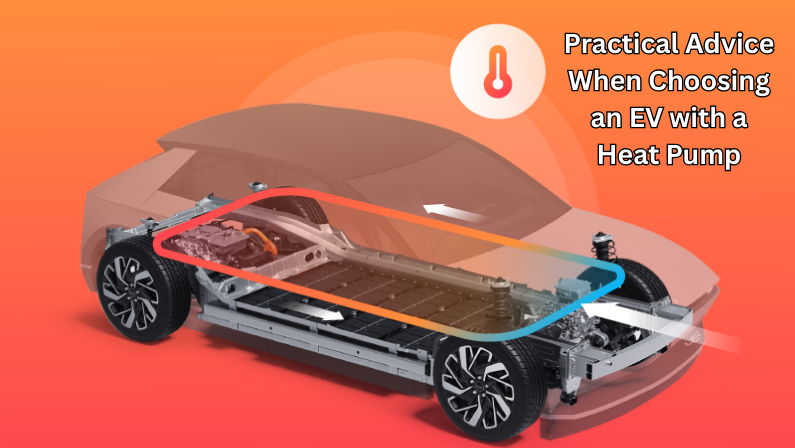
Practical Advice When Choosing an EV with a Heat Pump
If you’re thinking about buying an electric vehicle in Canada, especially for winter driving, a heat pump can make a big difference. Here are some practical tips to help you get the most out of this technology.
1. Consider Your Driving Patterns
Heat pumps are most beneficial for drivers who regularly face cold conditions, take longer trips, or don’t have consistent access to home charging. If your daily driving involves short city commutes and you can easily charge at home, the energy-saving benefits may be smaller, but the comfort of a warm cabin is still a plus.
2. Look Beyond the Headline Range Figure
Don’t just focus on the official range numbers. Real-world winter conditions can drastically affect how far an EV can go on a single charge. A vehicle with a heat pump may deliver better actual performance in cold weather, even if its official range is slightly lower than that of other models without this technology.
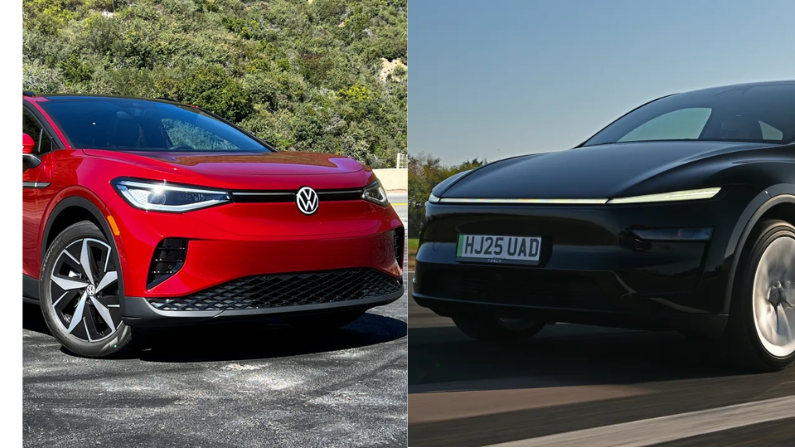
Electric Cars with Heat Pumps
Heat pumps are becoming increasingly common in electric vehicles, and many major manufacturers are now including them as standard or optional features. Here’s a look at some popular EV brands that use heat pump technology.
1. Tesla
Tesla introduced heat pumps in the Model Y and refreshed Model 3, improving cold-weather efficiency and helping Canadian drivers get more kilometers out of each charge during winter months.
2. BMW
Models like the BMW iX and i4 feature heat pumps that integrate with the vehicle’s climate and battery management systems, ensuring efficient heating while preserving range.
3. Audi
Audi’s e-tron series uses heat pumps to maintain cabin comfort and optimize energy use, particularly in colder climates where traditional heating can heavily impact range.
4. Hyundai and Kia
Hyundai’s Ioniq 5 and Kia EV6 both come with heat pump systems that reduce energy consumption and help maintain a longer range in winter driving conditions.
5. Nissan
The Nissan Ariya features a heat pump to provide efficient cabin heating while minimizing battery drain, making it more practical for Canadian winters.
6. Volkswagen
Volkswagen’s ID.4 and ID. Buzz models include heat pumps, enhancing efficiency and ensuring consistent cabin comfort without sacrificing kilometers.
7. Polestar
Polestar 2 incorporates a heat pump to optimize energy use and improve real-world range, especially in cold weather, aligning with the brand’s focus on performance and sustainability.
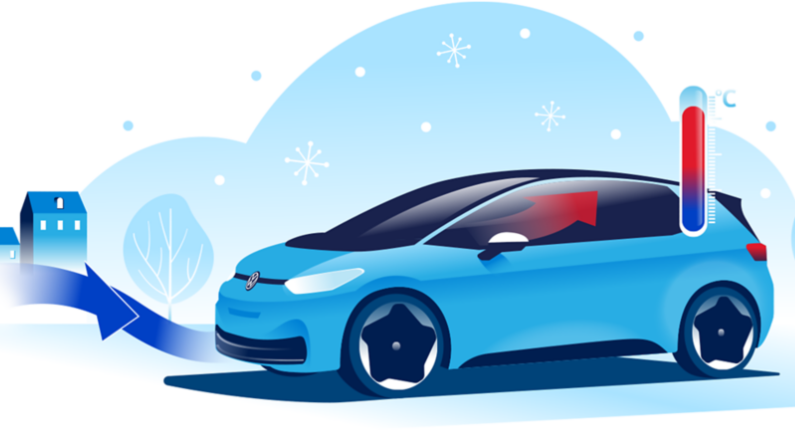
Heat Pumps: The Smart Upgrade Your EV Deserves
An electric vehicle heat pump is a smart, energy-efficient way to keep your EV warm while preserving battery range, especially in colder climates. Understanding how electric heat pumps work and how the heater works on an electric car shows why this technology is rapidly becoming standard in modern EVs.
For more tips and insights on electric vehicles and everything automotive, check out the full selection of posts on the CarHub North York Chrysler Blog page.
